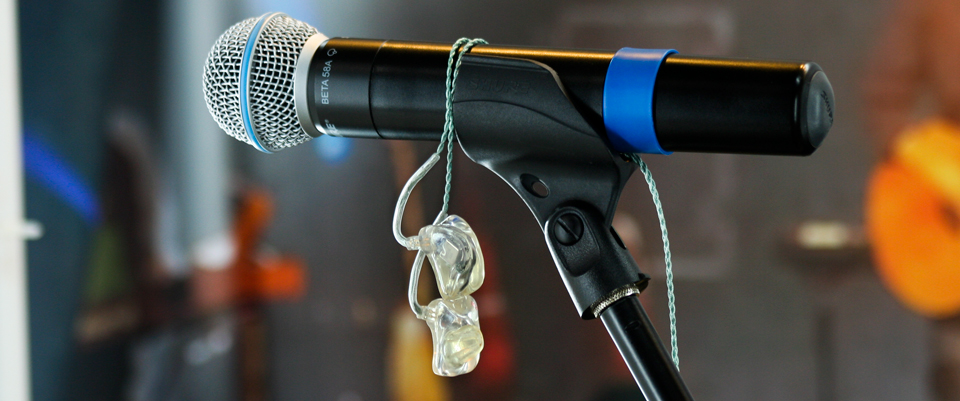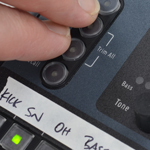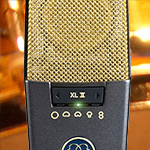Making the Transition to In-Ears
This is a big topic, and there’s no way we’ll cover it fully in this one post. So let’s just get the conversation started, and we’ll return to it in a series of future posts.
Here’s the first thing: in-ears are different than wedges, and there will be issues as you make the transition. That’s inevitable.
So let’s start with some advice for managing these issues.
- Have reasonable expectations.
Significant changes take some time, no matter what they are. If your guitarist went to a different amp or your engineer switched consoles, you’d expect both things to take some time to get worked out, right? It’s no different for this change. Things aren’t going to be perfect right away, so keep your expectations reasonable. - Celebrate the good and acknowledge the bad.
It’s going to be a mixed bag. Some things are going to sound and feel fantastic. Other things are going to drive you crazy and take some work to figure out. Focus on the good to keep yourself feeling positive, and be upfront about the challenges so they can get better. - Remember that everyone’s working towards the same goal.
Whether you’re an engineer or a musician, you want the same thing: a great monitor experience that’s part of an outstanding performance and production. You’re not always going to be on the same page, but that’s because engineers and musicians are working at it from different perspectives and different skill sets not with different goals. - Be patient.
Everyone’s ears are different, and some musicians take to in-ear monitors like fish to water, while others are going to find it uncomfortable at first and they won’t always be able to explain very clearly what they want. Stay cool and keep working it. - Get educated about working with in-ears.
If you approach in-ears the way you’ve approached working with wedges, you’re going to get mediocre results at best. You need to learn what’s different and how to approach mixing etc. for those differences. Fortunately, you’ve found a blog FULL of useful information!
There’s no real rocket science here: communicate, be patient, don’t get frustrated, work together. It’s like what your grade school teacher (or relationship counselor) told you.
Stay tuned for more on how to get the most out of your in-ears…




